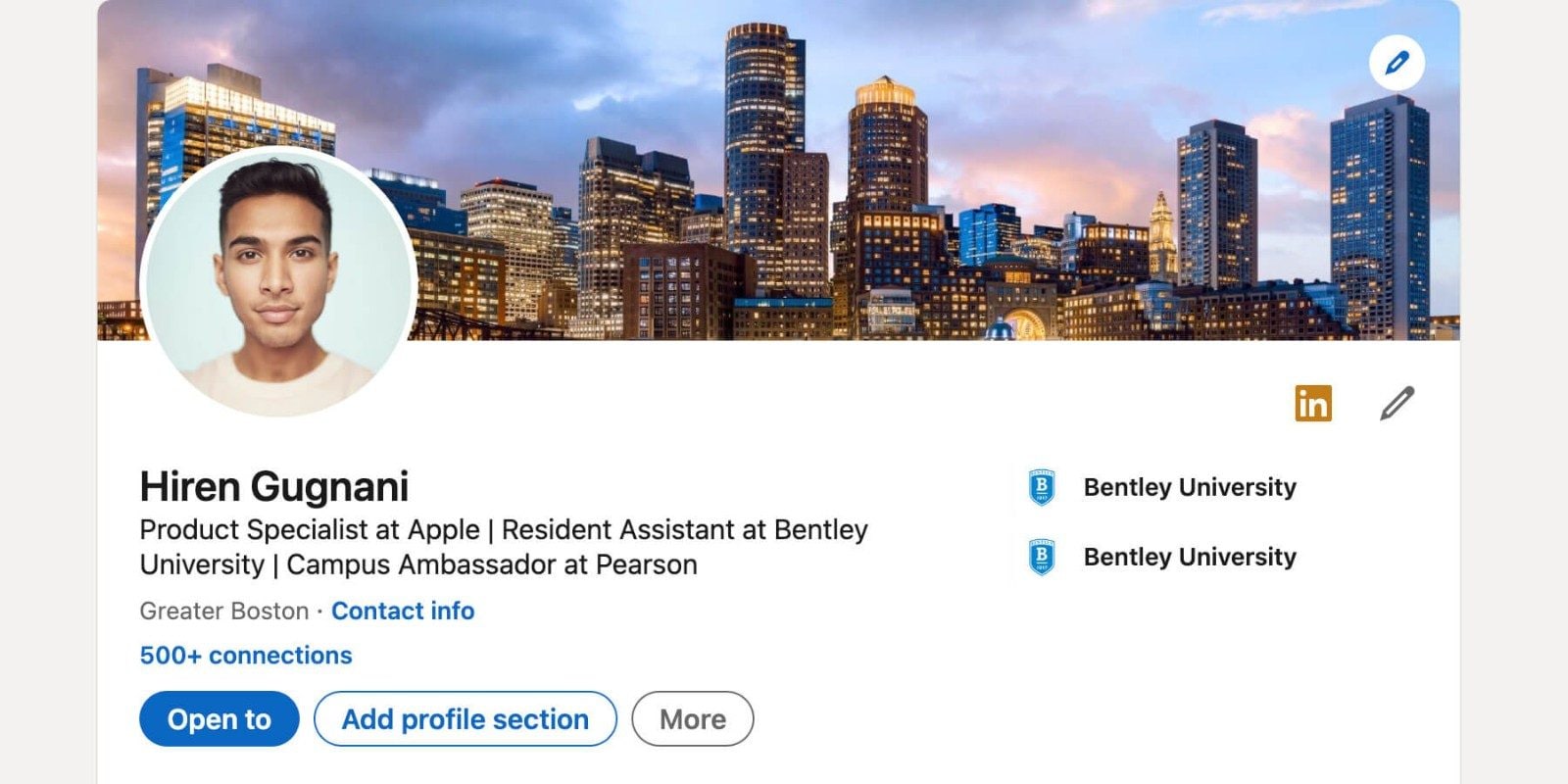Why Are Employers Taking a Skills-Based Approach to Talent Development?


Here’s an alarming number: 73% of workers are actively thinking about quitting their jobs. That's a lot. If The Great Resignation has taught employers any lesson, it’s this: Employees want the opportunity to learn and advance.
However, simply providing generic tuition assistance or generalized learning programs may not get employees where they want to go. That’s why many employers have turned toward a skills-based approach to talent development—focusing on what an employee can do, rather than just what their role requires.
Shifting your talent development focus
By focusing on skill development, employers can gain a clear measure of employee proficiency and use it to provide the type of focused learning and career pathways that increase employee engagement while also making the employer more competitive. Not only does this deepen the organization’s talent pool, but it also democratizes its careers by creating equitable and transparent access to job opportunities.
Giving employees the opportunities to advance their skills helps employers unlock internal talent mobility. Whether it's an employee who wants to upskill because their profession is constantly evolving, or they want to grow in their career to become more senior, or even if they want to reskill to start something brand new, employers should look for clear pathways to achieve these goals.
According to Susan Manning, Senior Manager of Customer Education, Credly, “It’s really about assessing employee skills to determine the gap, then creating personalized development plans so they can actually increase their proficiency with a skill. Their performance then becomes proof of their development.” Having a skills-based development framework to enable a personalized learning experience moves the needle forward for both the employee and the employer.
Different skills-based approaches
A skills-based approach to talent development can include a broad spectrum of formal and informal learning programs—everything from strategic education benefits to credentialing, mentoring and new experiences. This approach recognizes that skill development is achievable in many forms. The key to these different approaches is in measuring development strategically to assess the skills your organization has and then create development plans to obtain needed skills in targeted ways.
One method – credentialing – provides organizations with a way to invest in talent while also gaining measurable data points to understand where skills bench strengths across the organization. Andrew Vecchiarelli, Strategic Initiatives and Learning Manager, BMO Financial Group helped build an internal credentialing program to prepare employees for the future of work. The program, Demo Forward, offers multiple curriculums that cover skills such as data visualization, analytics, cybersecurity, and even power skills like influence and emotional intelligence. Digital badges are given out through Credly as a recognition of the work.
As Andrew Vecchiarelli explained, “Because the program is voluntary and because there is a time commitment, depending on which curriculum you're looking at – it could be anywhere between 13 and 17 hours of work that goes into achieving a digital badge – it really is a clear indication of not only skill development, but of career interest and commitment by the employee. The digital credential actually becomes an evidence point of skill sets that the employee has, which allows our leaders to use it to help plan their own talent decisions. Then ideally, as we continue to look future-focused and through other technology integrations, it'll also suggest career opportunities to the employee that are aligned to their interests and career ambitions.”
Other companies, particularly those with frontline workers, have found that skills-based development is best achieved by providing strategic education benefits with a range of targeted learning options and flexible, non-traditional degree programs, including bilingual options. Enabling employees to pursue their educational goals without taking on debt can be a primary motivator for many essential employees. This can also help to fill basic skill and language gaps that many employees may be lacking. Michael Karicher, Executive Vice President of HR and Training, Remington Hotels partnered with Accelerated Pathways for his talent development needs, explaining, “Their program helps fill a critical gap for parts of our workspace that traditional development programs don't serve very well.”
Getting leadership buy-in
By focusing on a personalized learning experience, employees can build a robust profile of skills that meet their career aspirations and drive the organization forward. However, finding the right skills-based approach requires data-driven decision-making and buy-in from leadership. According to Andrew Vecchiarelli, “Executive sponsorship can be the catalyst that drives your entire talent management engine, but it really takes thinking about how skills change your HR ecosystem and not just how it helps become a proof point of a particular learning experience.”
Support from direct supervisors is also key to successful implementation, as they play a significant role as champions (or gatekeepers) in employee promotion and advancement. They’re frequently asked, ‘What do I need to do to get to the next level?’ If they’re willing to champion a new skills-based development approach, then the program will gain success and the employer will earn a reputation for its culture of fostering employee growth.
Taking the first steps
According to the Working Learners Index, 90% of employees say they would stay with their employer if education was offered as a benefit. Most organizations understand this and strive to offer talent development opportunities that deliver improved results. Ultimately, that’s what skills-based development is about—keeping the employee happy with their role, but also providing them opportunities to develop and move either laterally or vertically in the organization.
Ready to shift to skills-based development? At Pearson, we have the right resources to help you customize the best approach for your workforce. Our programs aren't just discounts on tuition. We offer managed education services that target your skills gap, drive your business objectives and make you an employer of choice. Get in touch with us to learn more!
read more







